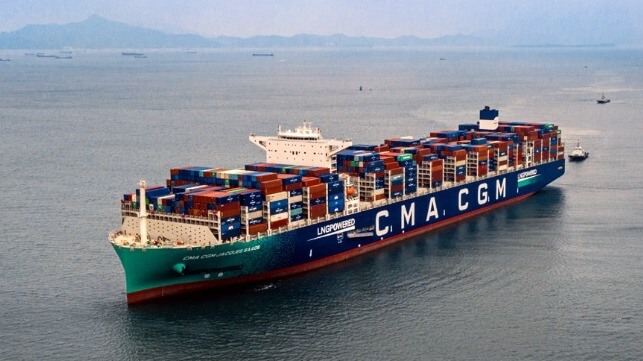Shipowners Ordered Record Number of LNG-Fueled Vessels in 2021

Orders for new LNG-fueled ships reached record highs in 2021 as shipowners look for near-term solutions to meet environmental regulations and improve the performance of their fleet. Orders were placed for all the major segments of shipping with penetration increasing in the major categories. At the same time, the bunker segment also showed rapid growth and increased geographic reach to supply the growing global fleet of vessels.
“What a year for LNG contracting,” wrote Martin Christian Wold, Principal Consultant at DNV in a brief update posted on LinkedIn. “Despite a very slow end to the year with only two LNG-fueled ships ordered, 2021 was a record year. The 2021 count ended at a net increase of 240 ships, more than the previous four years combined!”
DNV tracks and reports on progress in the growth of the emerging fuel segments of the shipping industry on its Alternative Fuels Insights platform. According to their tally, LNG-fueled ships in service and on order now account for nearly 10 percent of the global fleet with an additional three percent being LNG-ready. LNG remains the most advanced of the alternative fuels with the greatest market acceptance while methanol begins to emerge and research continues on other longer-term alternatives including ammonia and hydrogen. Battery power works primarily for short-haul and coastal vessels, or as a supplement for the ocean going fleet.
Currently, DNV reports there are 251 LNG-fueled vessels in operation up from 189 a year ago. While the largest number are containerships, the number is growing in segments including crude oil and chemical tankers and bulkers. According to DNV’s data, more than half of car carriers, or a total of 63, have already adopted LNG as their fuel.
Wold highlights that the growth in the segment came “in spite of LNG bunker fuel reaching completely unforeseen high price levels all through H2.” LNG prices soared more than 300 percent to record levels in 2021 and are expected to remain high as demand increases.
“More exciting in December was the catch-up in LBV contracting and charter agreements securing much-needed supply options for the rapidly growing LNG fueled fleet,” said Wold. “The ships contracted in 2021 added more than 3 MTPA to global LNG bunkering demand.”
The industry has moved rapidly to build bunkering capabilities. There are currently 35 LNG bunker vessels in operation according to DNV up from 27 in 2020. Another 24 bunker vessels are on order.
Commenting on the trend in new orders, industry trade group SEA-LNG said, “The deep-sea shipping industry understands that while LNG may not be the end game, it is the best starting point to get to net zero. It provides a very clear and achievable plan which starts today.”
The growth in the use of the fuel was not without controversy. In the spring of 2021, the World Bank issued a report citing methane slip and other problems and saying that the industry should not focus on LNG but future alternatives including ammonia and hydrogen. The trade group responded saying the World Bank was using outdated information that did not reflect advancements in the technology while also citing the future opportunities with bio-LNG and eventually synthetic LNG.
